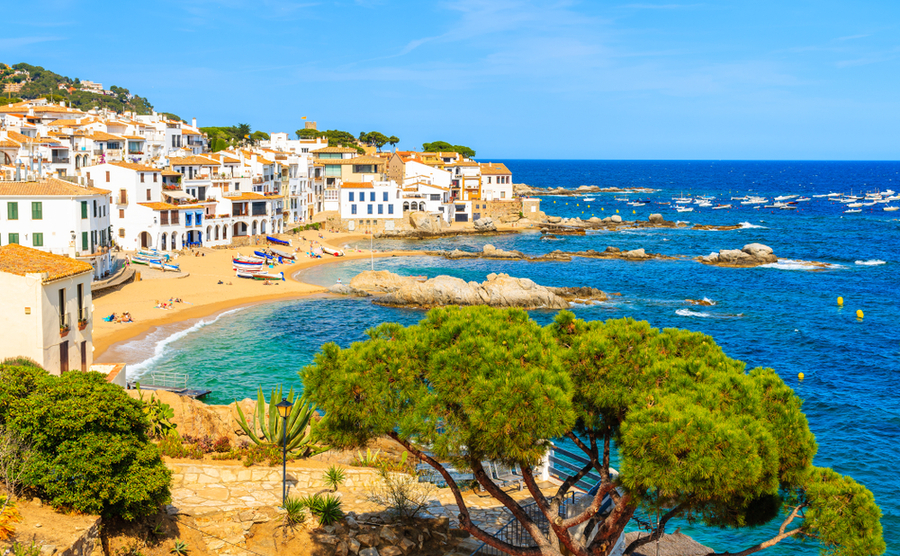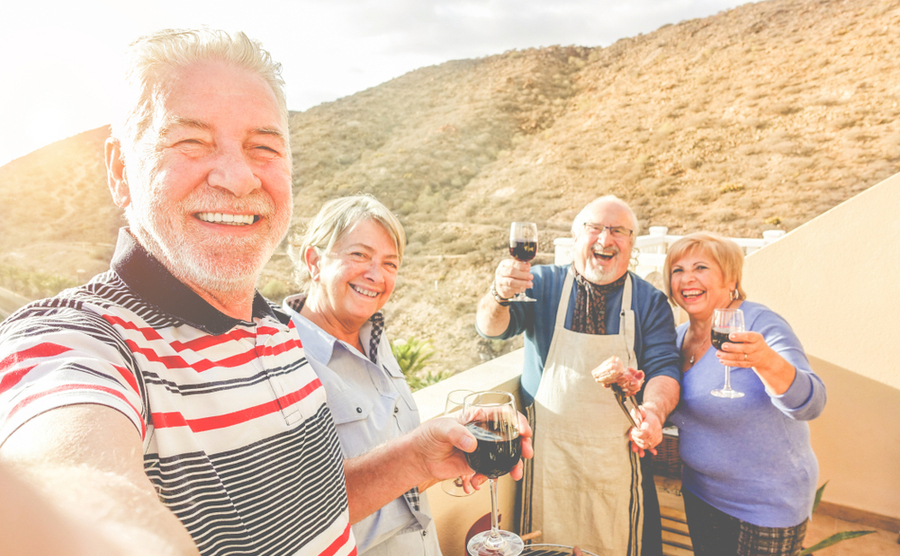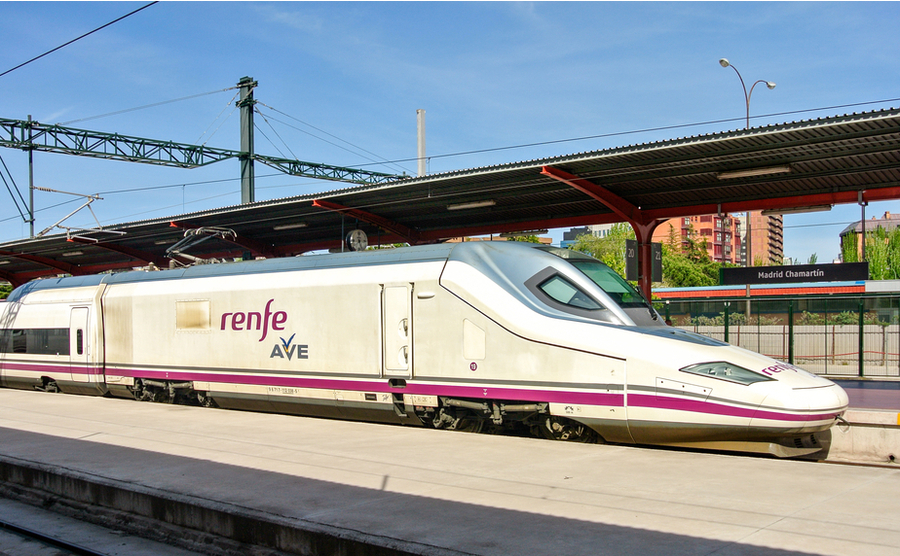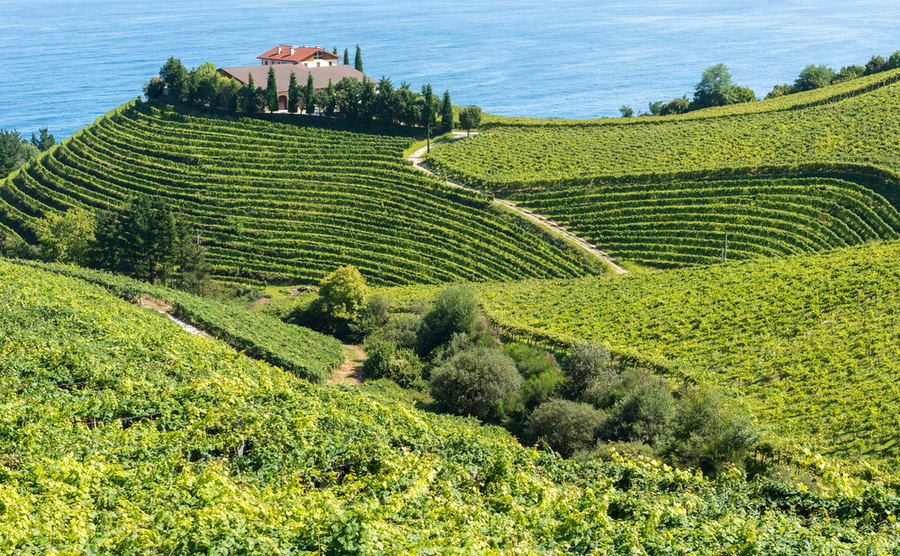The only way to really know what it is like to live in a different country is by experiencing it yourself, or asking someone who already lives there. Local expat of over 15 years, Sally, tells us the truth about living in Spain, including what she loves and what has taken her a little while to get used to.
For an in depth guide to moving to Spain, read the free Emigration Guide.
I have lived in Italy, France and Spain and have been in Catalonia for 15 years and counting…
I was thinking the other day about why I am still here. I no longer feel the need to experience another culture, another country. This prompted me to write about what keeps me in Spain and what I still find difficult. Overall, living in Spain is a pleasure, even for those with a wanderlust and I certainly have never regretted moving to the Costa Brava.
Italy is in my heart and always will be as I partially grew up there but I came to Spain because of my husband’s work and almost felt “at home” immediately. Girona, the capital city of the province of the same name, reminded me of Italy as the multi-coloured houses which straddle the river Onyar are painted in typical ochres, terracottas and other southern Mediterranean hues. The medieval town could be somewhere in Tuscany and the newer C18th Plaça Independencia resembles the elegant arcades found in many Italian towns.
However, for all its similarities to Italy, Girona and Catalonia have their own very special identity, which over the years I have grown to respect and enjoy. I travel extensively within Spain; each region and each town have something specific to offer, and so I can’t think of a better reason to move here.
Pros of living in Spain
The climate

Spain enjoys around 300 days of sunshine a year and warm temperatures in winter too.
This is probably one of the main reasons for people deciding to move to Spain. Of course, the climate varies from north to south and east to west, but in general the areas favoured by the British and other nationalities offer around 300 days of sunshine a year and warm temperatures in winter too.
In Catalonia, we have all four seasons, though with climate change, these seem to be merging together. The Pyrenees, which oversee the north part of the region, are just as lovely in summer as in winter. The same goes for the other mountainous locations like the Sierra Nevada and Sierra Blanca in Andalusia, the Picos de Europa which cross three Spanish regions, and the Sierra de Gredos which lies between Madrid, Toledo and Extremedura.
Parts of the Costas have microclimates which provide even better temperatures and climatic conditions. The seas in the south are warm enough to swim in most of the year. Blue skies and breezes for much of the year is definitely one reason to move to Spain.
We have thousands of homes for sale in Spain on our property listings. Click here to have a browse
The people

The Spanish are open and friendly people.
The Spanish are open and friendly people. They welcome foreigners who make an effort to be part of the community, and who attempt to learn their language, and go out of their way to help newcomers. That said, it is really up to us, the immigrants, to make our presence felt in a positive way and to go that little bit further to make contact with our neighbours. The rewards are without doubt worth the effort.
It is a myth that Spaniards are lazy people, they work just as hard as anyone else, but they also find time to enjoy life with their families and friends. The work/life balance is a good one. A couple of drinks and a few tapas after work and before going home for a light supper makes the end of a day’s work more pleasant and allows time to wind down. It is an excellent tradition.
The healthcare
As in many other countries, the Spanish health service has experienced delays but it still remains a first class service. Some regions perform better than others, it’s true, but if you are in need of medical help, you will get it. The doctors and nurses are dedicated professionals and we are very fortunate to have them.
Spain Property Guides can put you in touch with the very best lawyers, estate agents and international payments specialists in Spain, for total peace of mind. Get in touch with your Golden Three here.
The food

The culture surrounding tapas is for everyone to enjoy.
Although Spanish cuisine isn’t usually named amongst the world’s best, it should be. Asador Etxebarri in Atxondo, Basque Country is the world’s number 3 and Disfrutar in Barcelona is number 5, while 2 other restaurants stand at number 14 and 16 in the 2021 awards.
Of course, most of us will rarely visit one of these restaurants, but in every corner of Spain you will find very good menus and beautifully presented dishes. You’ll pay a little more than for a standard menú del día but the extra €10 plus will be worth it. Most Spanish people prefer to eat out less often but at high quality establishments, and it has to be the best way.
The culture surrounding tapas is for everyone to enjoy. Usually, you can take children to a tapas bar for the first hour or so after opening, but it will get crowded and noisy later and it is better that the kids go home then. In some areas, you’ll get a free tapa with your drink, but this is less common in coastal areas. Savouring these little morsels is the best experience and one to be embraced. Chat to friends, be part of what Spain is all about and forget the time – UK timetables just don’t work here!
The transport system

Renfe’s AVE has recently launched a ‘budget’ train – Ander Dylan / Shutterstock.com
Spain has a first class public transport system at 16,026 kilometers to date!
With the opening up of rail services, long distance travel has become more competitive and therefore less expensive – not that it wasn’t reasonable compared to the UK beforehand. Now we have a new player on the block, OUIGO which is owned by the French railway company, SNCF. At present, it only operates one route, the most used in Spain, between Barcelona and Madrid, stopping at Zaragoza, but there are plans to introduce more routes next year. It is excellent value: I recently paid just €64 return for a 2hr 45 minute journey in each direction.
Renfe’s AVE, which was until now, the only operator on that route, has launched a “budget” train, called the AVLO and it is available for several destinations.
The main roads in Spain are mostly in very good condition and temporarily at least, most motorways are free. The government has said however that we will have to pay for them but apparently not through tolls. In the rural areas roads can be tricky to negotiate and in some urbanisations you will find unadopted roads with potholes and stones everywhere.
Outside the big cities traffic is generally quite light and driving isn’t a hassle. The new universal speed limit of 30 kph in built-up areas has caused some problems but we are lucky not to have to spend hours in traffic jams.
Make sure you are fully aware of what you are buying by speaking to our recommended Spanish property surveyor today – they can organise a building survey or valuation of your property.
The beaches and the countryside

Gentle rolling hills, vineyards, olive groves and hidden villages all make for a quieter side of Spain.
Spain has an incredible 4,964 kilometres of coastline. There is a brilliant combination of rugged and exciting coasts and long, sandy beaches with shallow waters that are ideal for families. Of course, water sports are an important activity, as is sailing and kayaking. Numerous coastal paths zigzag across the country, and strolling along them is a wonderful way to enjoy the beautiful vistas.
Although much of Spain’s interior is dry and arid, there are some lovely areas to discover not too far inland. Gentle rolling hills, vineyards, olive groves and hidden villages all make for a quieter side of Spain away from the busy coast.
Cons of living in Spain
The paperwork

Yes, it’s true you have to do a lot of paperwork in Spain, but things are becoming more digital – Cromavision / Shutterstock.com
Yes, it’s true you have to do a lot of paperwork in Spain – paying taxes, making requests, using government offices and plenty more. Thanks to Covid, much of this can now be done online but you’ll need to get a digital signature to do it and that involves more paperwork! Oh, and a visit to a government building to prove that you are you.
Get legal advice and guidance on your move from our recommended Spanish lawyers.
Things are quite last minute
Arrangements are made to be altered! Usually at the last minute. What starts out as a well-planned day can quickly become something else when two things change abruptly. Annoying but I have learned to go with the flow… no point getting upset, it is as it is.
Personal space

It is a Spanish tradition to give two kisses on the cheek when you meet someone.
This may or may not be a con, depending on your preferences, but the Spanish tend to be much more tactile than the British. In particular, it is a Spanish tradition to give two kisses on the cheek when you meet someone, whether that be in a formal or informal setting. Additionally, people tend to walk very close together in the streets, or stand close together in crowded places – the concept of personal space is different in Spain to the UK.











